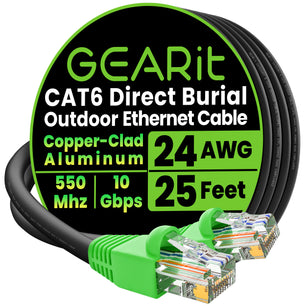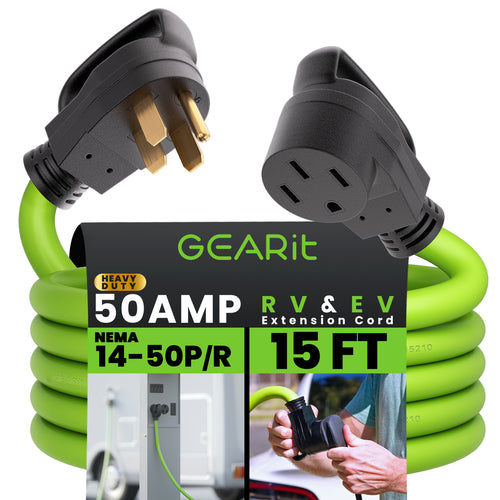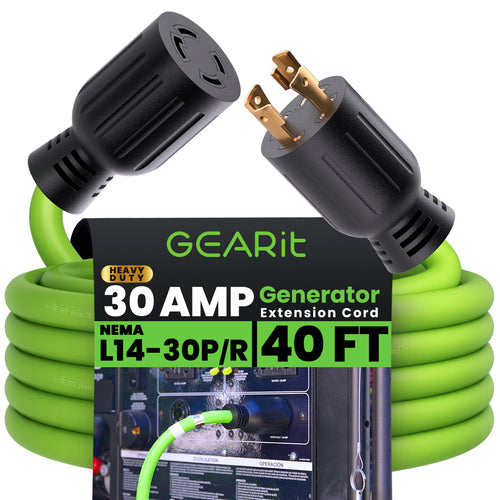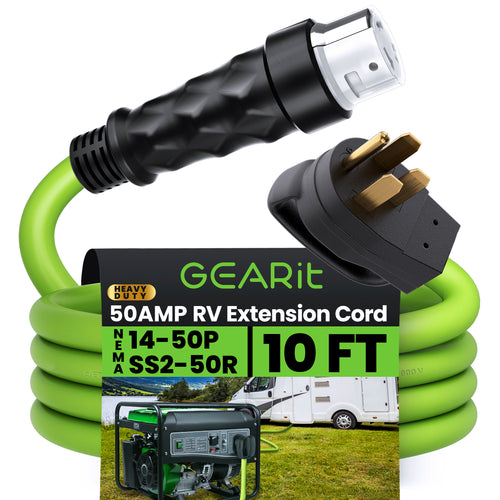
Using extension cords outdoors can be incredibly convenient, especially for powering tools, lights, and other equipment. However, when the weather turns wet, using extension cords can become a safety hazard. To help you navigate these challenges, here are some tips and best practices for safely using 30 amp and 50 amp extension cords in rainy or wet conditions.
Understanding the Risks
Before diving into the safety tips, it’s important to understand the risks associated with using extension cords in wet conditions:
Safety Tips for Wet Conditions
Always use extension cords that are rated for outdoor use. These cords are designed to withstand weather conditions and have a higher resistance to water.
Plug your extension cords into a Ground Fault Circuit Interrupter (GFCI) outlet. This will protect against electrical shocks in case of contact with water.
Check your extension cords for any signs of damage, such as frayed wires or cracked insulation. Do not use damaged cords.
Elevate the connections between cords off the ground to prevent them from sitting in puddles. Consider using waterproof covers to protect the connections from rain.
Do not overload your extension cords by plugging in devices that draw more current than the cord can handle. This can cause the cord to overheat and potentially start a fire.
When not in use, store your extension cords indoors in a dry place to prevent moisture accumulation.
Always unplug extension cords when they are not actively powering devices, especially in wet conditions.
Avoid covering extension cords with rugs or other materials that can trap heat and moisture.
If you must run extension cords across areas where water may collect, use cord protectors to shield them from direct contact with water.
Always adhere to the manufacturer’s guidelines for proper use and capacity of the extension cord.
Conclusion
By following these tips, you can safely use 30 amp and 50 amp extension cords in wet conditions, minimizing the risk of electrical hazards. Remember, safety should always be your top priority when working with electricity, especially in challenging environments.
Check out our curated recommendations of products from this article below. When you order through our website, you’re supporting a small business and getting some great perks like personalized customer service, special discounts, and fast shipping. Plus, our team is always here to help with any questions or concerns you might have.
Stay safe and power on!



























































